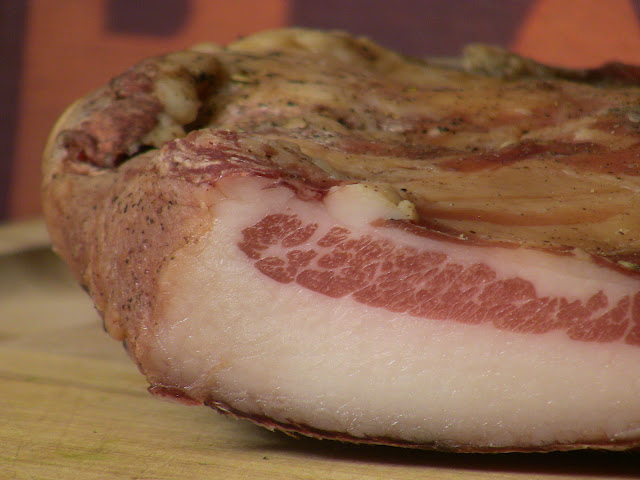The gift that keeps on giving. Pickling allows you to eat spring and summer veggies all year round. Historically pickling is how people survived hard winters. Lets face facts back then people didn't have supermarkets with produce from Chile, or hydro Tomatoes from New Zealand, they had their crop in the late summer and that's it. They HAD to find a way to preserve there crop so there kids didn't starve. It's amazing how our ancestors took a necessity and made it an art form. Even today adults, kids around the world eat pickles everyday but not out of necessity. You can buy fresh cucumbers at any supermarket around the world. They eat them because they are sweet, sour, spicy and delicious. They are even super healthy snacks as well. Stop the bull shit and go get some jars (they come with pickle recipes!), hit a farmers market get your favorite veggies and give it a go. Here is a real simple recipe for pickled ramps. Chef Jeff inspired me with his red wine ramps but this has my own twist on it.
- 2 cups red wine vinegar
- 1 cup water
- 1-1.5 lb ramp bottoms
- 5-10 piquin peppers
- 2 tbs salt
- 2 tbs honey
heat up vinegar and water until steaming then add salt, honey and peppers. when salt and honey are dissolved, fill jars 3/4 up with ramps and then fill with pickling liquid to the line on the jar. Let ferment for 2 weeks before enjoying.






















